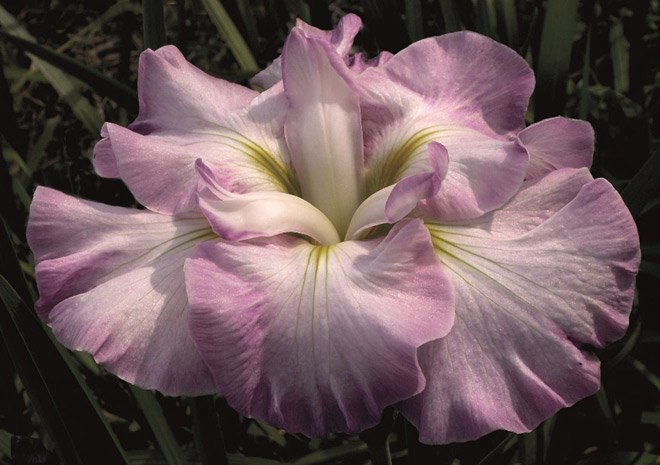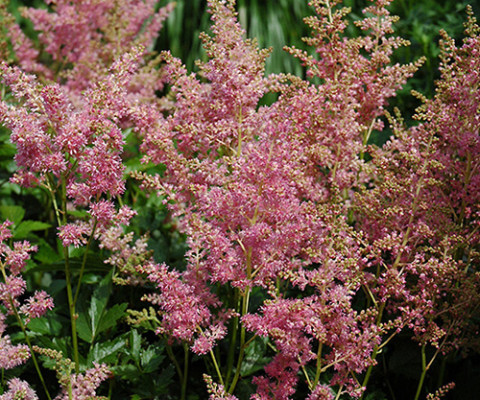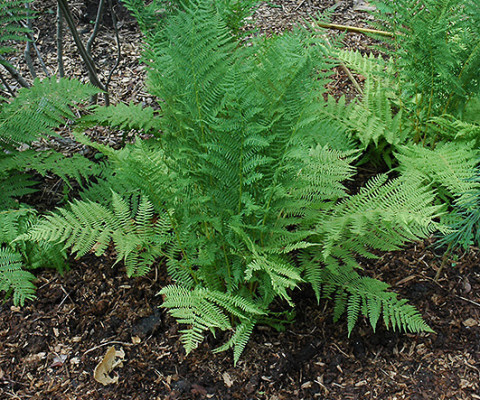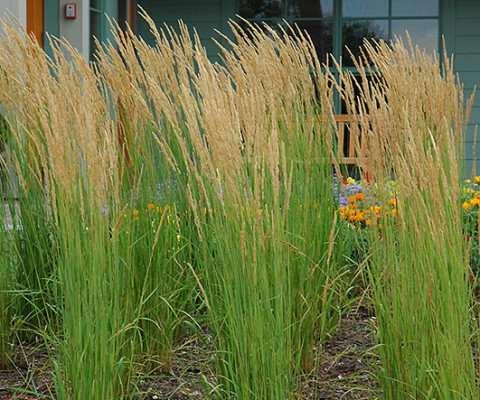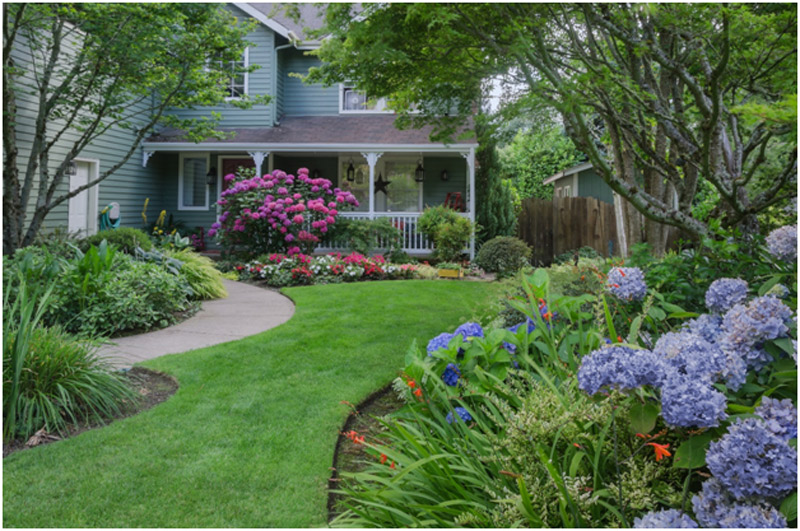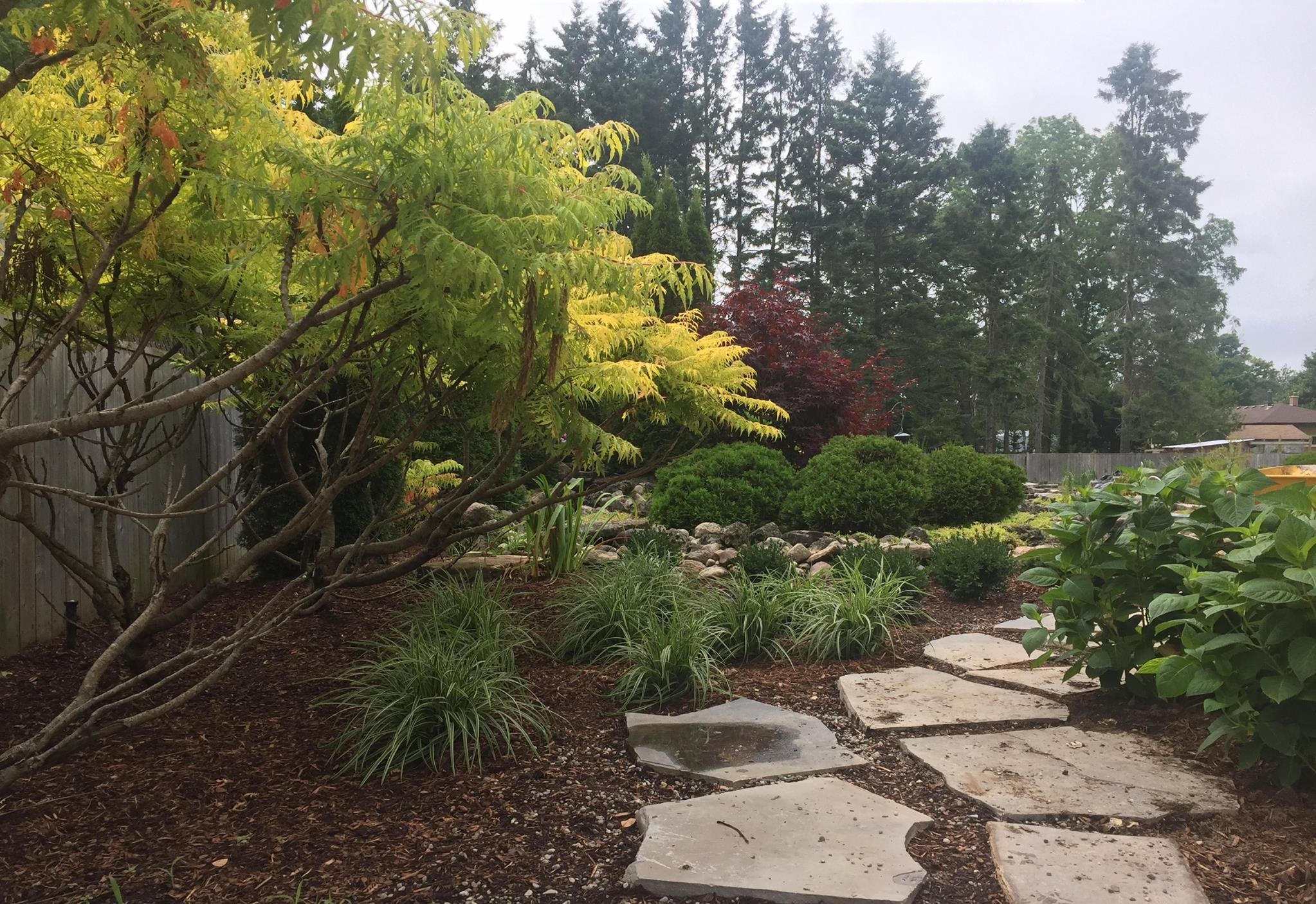Beardless Iris
Varieties of beardless Irises include the Siberian Iris and the Japanese Iris. These beautiful flowering plants are ideal for landscaping in a border but can also work well almost everywhere in the garden, as well as on the edges of ponds.
Plant Description
Varieties of beardless Irises include the Siberian Iris and the Japanese Iris. These beautiful flowering plants are ideal for landscaping in a border but can also work well almost everywhere in the garden, as well as on the edges of ponds. These plants with their graceful foliage are attractive even after the blooming period is finished. They are available in a range of vivid colors. What makes these irises unique is their lack of a beard, a fuzzy stripe on the top center of each of the three lower petals of the bloom. Their foliage also resembles ornamental grass while the leaves of the bearded irises are thicker and more fan shaped.
Light Needs:
Prefers sun, requires at least half a day of sunlight to bloom well
Watering Needs:
Keep soil consistently moist. Plants may need extra water in times of drought.
Average Landscape Size:
Growth Height: 2’
Growth Width: 1’
Key Feature:
These hardy irises are deer resistant and noninvasive. They are also available in a variety of colors including red, yellow, white, pink, purple and blue
Blooms:
Spring
Landscape Uses:
Can be used in borders, cutting gardens, water gardens or woodland gardens
Pronunciation:
BIRD-ləsEYE-riss
Plant Type:
Perennial
Evergreen/Deciduous:
Herbaceous
Foliage Color:
Light to medium green
Flower Color:
These irises are available in a variety of colors including red, yellow, white, pink, purple and blue
Blooms:
Late spring, early summer
Climate Zone:
1-11 and 14-23
Growth Rate:
Slow to medium
Grows Well With:
Cardinal Flowers, Bee Balm, Joe-Pye Weed, Spiderwort and Turtlehead
Instructions:
To develop an extensive root system these flowers should be watered regularly during their first growing season. Old leaves can be removed as new ones grow in order to keep plants looking neat. Clumps of flowers can be divided every 4 or 5 years.
Water:Water weekly or more often in extreme heat or drought
Sunlight:Prefers full sunlight
Special Uses
- Rock Garden
" Everything should be made as simple as possible, but not simpler. "
Albert Einstein

